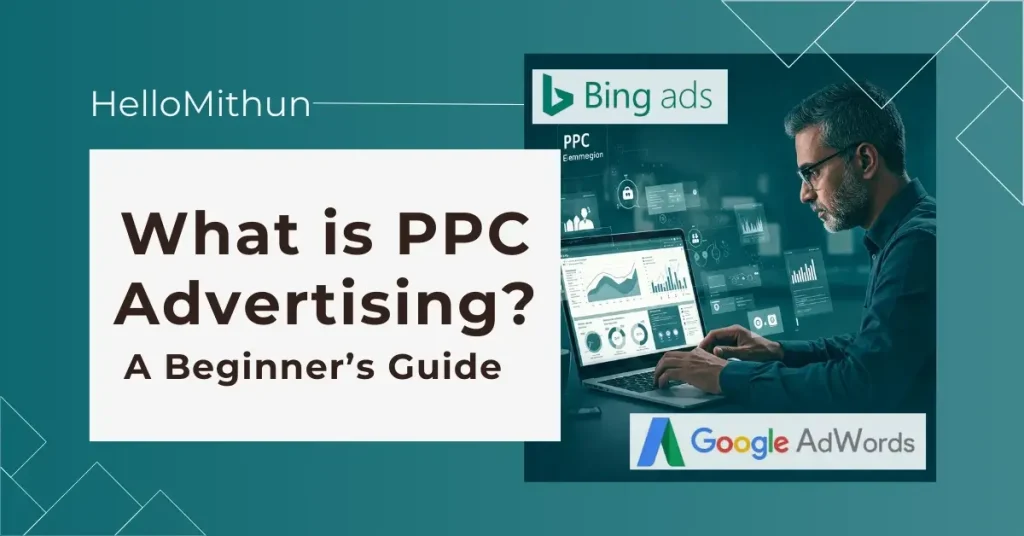Introduction
If you’re looking to drive traffic, generate leads, or boost sales, Pay-Per-Click (PPC) advertising is one of the best ways to achieve those goals.
But choosing the right PPC platform can be challenging, especially with Google Ads and Bing Ads competing for your marketing budget.
Google Ads is the dominant player, but Bing Ads (now called Microsoft Advertising) has its own advantages. So, which one should you use? Let’s break it down and help you decide.
Google Ads Overview
What is Google Ads? Google Ads is the largest PPC advertising platform, allowing businesses to place ads on Google’s search engine results pages (SERPs), YouTube, and millions of partner websites.
Market Share and Reach Google holds over 90% of the global search engine market share, making it the go-to platform for reaching a massive audience.
Key Features and Targeting Options
- Advanced AI-based targeting
- Audience segmentation using Google’s data
- Multiple ad formats (Search, Display, YouTube, Shopping, etc.)
- Extensive keyword match types
Pros and Cons of Google Ads Pros:
- Unmatched reach and visibility
- High conversion potential
- Advanced machine learning optimization
Cons:
- Higher competition leading to expensive CPCs
- Requires ongoing optimization and budget management
Bing Ads Overview (Microsoft Advertising)
What is Bing Ads? Bing Ads, now called Microsoft Advertising, is the PPC platform for Microsoft’s search engines, including Bing, Yahoo, and AOL.
Market Share and Audience Demographics While Bing has a smaller market share (around 3-7% globally), it attracts an audience that often includes older professionals with higher disposable incomes.
Key Features and Targeting Options
- Lower competition and CPC
- Better ad visibility on desktop searches
- Strong integration with LinkedIn audience targeting
Pros and Cons of Bing Ads Pros:
- Lower CPC and less competition
- Effective for B2B targeting
- Higher ad visibility for desktop searches
Cons:
- Limited reach compared to Google
- Fewer advanced automation options
Learn more about Microsoft Advertising
Google Ads vs. Bing Ads: Key Differences
- Reach & Market Share – Google dominates in terms of reach, while Bing has a niche but valuable audience.
- Cost Per Click (CPC) – Bing Ads typically has a lower CPC due to less competition.
- Targeting Capabilities – Google’s AI-driven targeting is more advanced, while Bing offers unique LinkedIn-based targeting.
- Ad Placement & Network – Google Ads uses the Google Display Network, while Bing uses the Microsoft Audience Network.
- Conversion Rates & ROI – Google often provides higher conversions, but Bing can be more cost-effective.
When to Use Google Ads
- If you want the highest reach and visibility.
- If you’re in a highly competitive industry where visibility matters.
- If you have the budget to compete in a crowded marketplace.
When to Use Bing Ads
- If you’re targeting an older, more professional audience.
- If you’re looking for lower CPC and less competition.
- If your business benefits from strong desktop search visibility.
Should You Use Both?
Running ads on both platforms can maximize your reach and ROI. A cross-platform strategy helps you test different audiences, optimize costs, and increase overall conversions. Start with Google Ads, analyze performance, and allocate a portion of your budget to Bing Ads for diversification.
Conclusion
Both Google Ads and Bing Ads have their strengths. If reach and advanced AI-driven targeting are your priorities, Google Ads is the better option. But if you’re looking for lower CPC and a niche audience, Bing Ads can be a great addition to your strategy.
If you’re serious about PPC advertising, a well-balanced approach that includes both platforms can deliver the best results.
Want to stay updated on digital marketing insights? Visit Hello Mithun for more expert content on PPC, SEO, and beyond.

